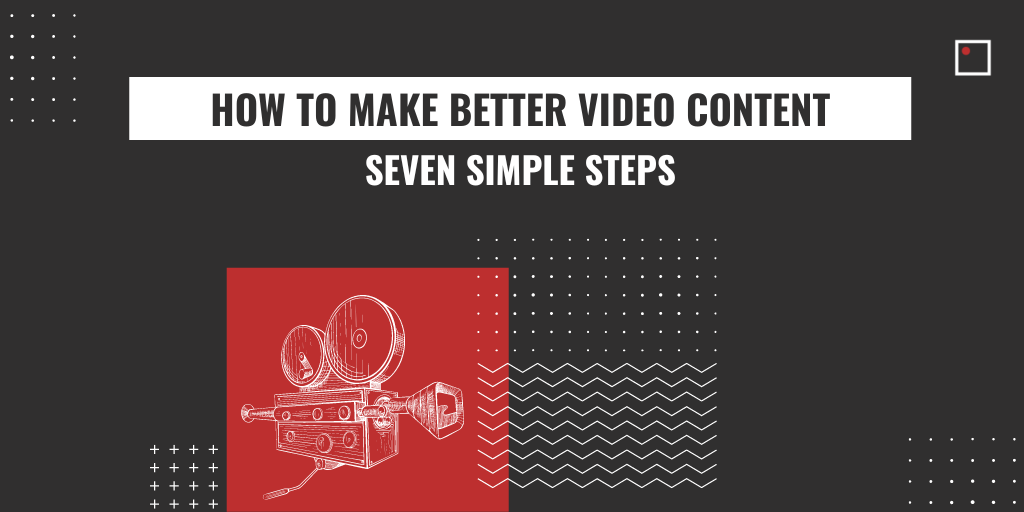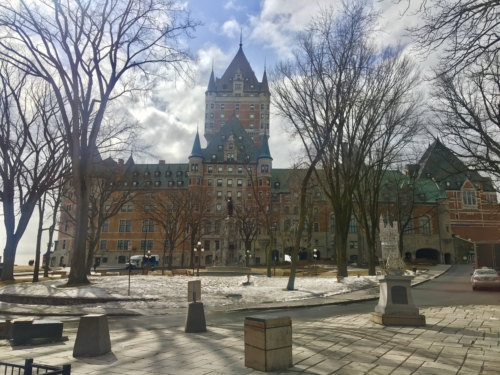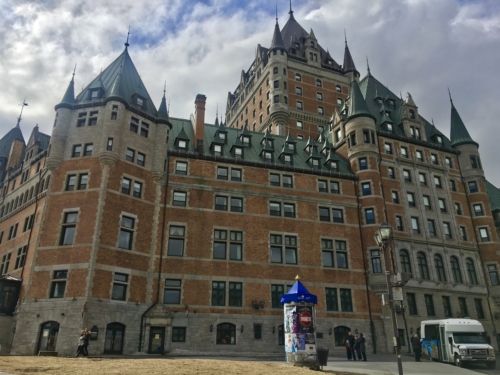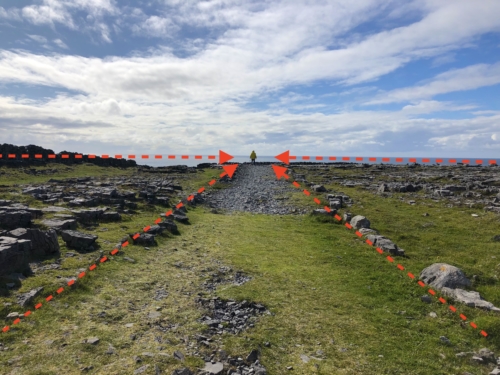How to Make Better Video Content With These 7 Simple Steps

Written by Breanne Pitt
Anyone can make a video. The 21st century smartphone provides nearly everyone with access to high quality video cameras in their pocket. The difference between amateur and artist, however, is the successful use of perspective. Filmmaking is an art. Every shot should be captured with purpose. The real filmmakers are not people on sidewalks filming the statue across the street. The real filmmakers are the people lying on the ground, holding their camera sideways, and waiting for the light hit the statue just right. These artists understand how to capture unique perspective. Perspective, for the purpose of this article, is capturing “viewpoints that communicate a subject to an audience in a unique way.” If you want to elevate your video skill from beginner to artist, here are suggestions on how to make a good video better with 7 simple techniques.
ADD FOREGROUND
When filming a subject in the distance, often the result is a flat, uninteresting video that doesn’t do the scene justice. It is difficult to portray a sense of depth to the viewer. One really simple way to improve your video is to include an object in the foreground of the frame. Including items at varying distances enhances the sense of depth in the shot. This leads the audience’s eye throughout the scene, from the foreground object to the subject in the distance.

No Foreground Interest – The castle is the only object in the frame, and the photo lacks depth

Foreground Interest – By adding the berries to the foreground, the photo now provides more depth and interest
CHANGE YOUR POINT OF VIEW
Everyone sees the world at eye level. Therefore, shots filmed at our natural frame of reference can sometimes be uninteresting. Instead of shooting at eye level, lay on the floor or stand on a chair. This will help create a less familiar, more intriguing composition. As an added benefit, filming from the ground captures more surface area, adding foreground interest to your video.

Eye Level – Shot of the Chateau Frontenac in Quebec City

Change Your Point of View – Shot from the group up, which creates a less familiar, more intriguing composition
FRAME YOUR SCENE
Another technique to improve a video’s perspective is framing the scene. Framing uses foreground objects to create a natural frame around the subject of the video. A frame helps to emphasise the subject, guiding the viewer’s eye to the intended target. This may involve some boots to the ground exploration of your location to find the perfect frame, but is a unique way to grab a viewer’s attention.

Framing – The castle ruins in the distance are framed by the archway in the foreground
ONE-POINT PERSPECTIVE
One-point perspective is an age-old technique in art made famous in film by Stanley Kubrick. This perspective leads the audience into the action, creating a three-dimensional effect that literally makes the viewer feel like they are entering the scene. Basically, this film technique uses intersecting lines drawn vertically and horizontally towards a single vanishing point on the horizon. How can you create this effect? People don’t typically see the world in one-point perspective. The eye line normally sits slightly above where it would need to be for the lines in the room to disappear into a single vanishing point. Therefore, try lowering the camera by about a foot and search for a vanishing point within the frame where all vertical and horizontal lines converge.

One-Point Perspective – Photo taken from a slightly low angle in the Trinity College Dublin Library creates a three dimensional effect.
USE LEADING LINES
This is similar to the one-point perspective, but simpler. When taking a video, look for straight lines that naturally exist within the frame. For example, these can be train tracks, roads, tall buildings, etc. Lines moving from the foreground into the scene can create either a feeling of motion, or simply lead your eye to the subject. The more leading lines in the shot, the better, as it will also enhance the shot’s sense of depth.

Leading Lines – The stone pathway and horizon lead the viewer to the subject and create depth.
LAYERING
Layering in film involves overlapping objects to help the viewer reconstruct a three-dimensional scene in their mind. This is a great technique to use while filming landscapes. Try overlapping the hills and trees to create a sense of depth. This can also be effective when there is significant contrast in shades or textures of overlapping objects.

No Layering – straight on view of the Matterhorn does not capture depth.

Layering – This photo utilizes layering with a person and the shaded portion of a snowy mountain in the foreground, followed by a mountain with trees on the left, and a lit up Matterhorn in the distance.
DON’T USE SYMMETRY, BUT USE SYMMETRY
Symmetry refers to the organization of objects in a frame that conveys a sense of balance or unity. Often times, filmmakers are encouraged NOT to use symmetry when they set up shots. This is because in general, symmetry is overdone. The average person naturally looks for symmetry in his/her shot. They take their subject, and put them in the center of the picture. Instagram is inundated with boring, perfectly symmetrical shots. A filmographer is told to use techniques like the rule of thirds to avoid symmetrical videos. However, when mixed with asymmetrical shots, mirror symmetry or rotational symmetry can have a very powerful effect. It is all about variety and purpose.

Symmetry – The dock splits the frame into two even sections. Alone, the picture is beautiful, but if every shot was taken like this, it would become boring and over done

Asymmetrical – This shot is not symmetrical, it is weighted more heavily on the left. However, when filming, use a mix of asymmetrical and symmetrical shots for an interesting video
So whether you are an aspiring filmmaker, or someone who simply wants to create better videos to post on social media, these seven techniques can work for you. All it takes is a slight change in perspective, and your video can be transformed. With some practice, these techniques will become second nature, and you will never take a boring, unartistic video again.





